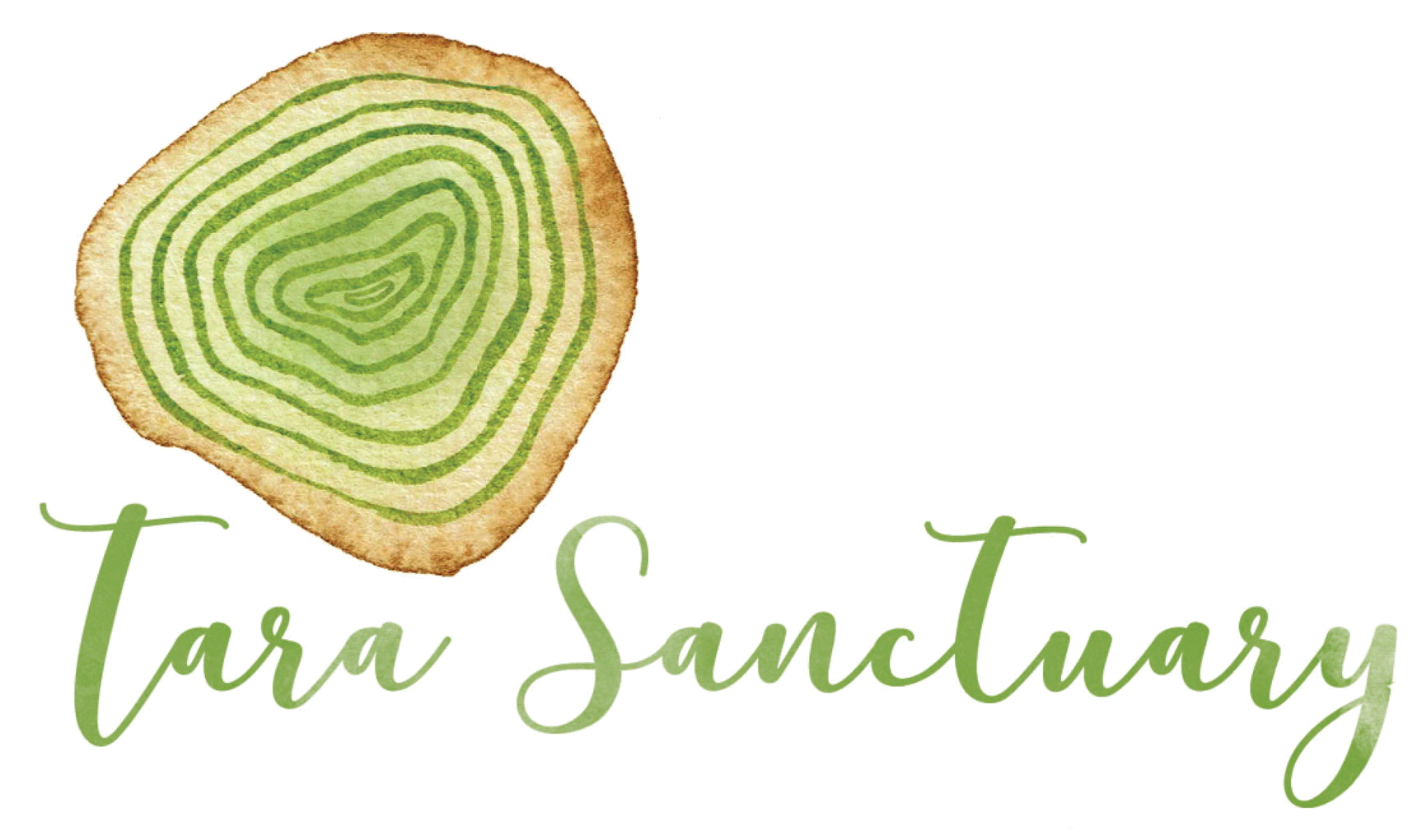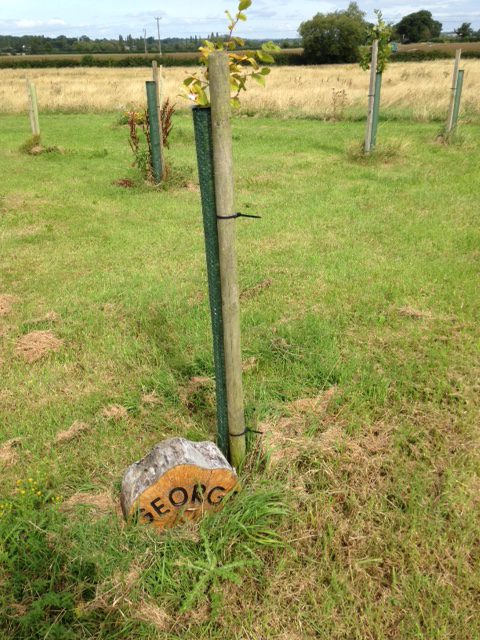Ways to mark a grave
Lucy who is looking for land for the project found for sale an existing natural burial ground, near Strensham in Worcestershire It was beyond our search area, but I went to have a look. It’s 10 acres for £250k, so pretty expensive – but of course has the huge benefit of already having planning permission.
It seems to have been up and running since 2005. Yet there have only been 30 burials there – i.e. two or three a year – which suggests it’s not been that appealing to people. I could understand this, as the land didn’t have that much character to it, and didn’t feel that contained; it’s open on all sides to fairly mundane surroundings, just a nice glimpse of the Malverns in one direction. Also it is very near the motorway, and the constant background sound does feel intrusive; though despite that, to me the site had a distinct feeling of peace.
It works well logistically, with good road access. This is one of the main issues in finding a site, we want somewhere quiet and peaceful and exquisite, yet with the excellent road access necessary to get planning permission.
It’s a woodland burial site – so it’ll eventually become woodland, with trees planted as memorials. Natural burial grounds either go for creating new woodland, or wildflower meadow, or often both kinds of habitat on the one site. On this site they had planted one tree per grave, and, it seems, had allowed people to choose whatever tree they wanted. I saw birch, hazel, oak and gingko. The problem here is that an oak needs a lot more space than a grave plot. An oak tree planted there in 2005 had already run out of space and was jostling with its birch neighbour (see featured photo). This is why many NBGs (natural burial grounds) have moved away from particular trees for particular graves. One solution is to have a tree that is the joint memorial for a number of graves – with their names on a post, or on markers attached to the tree. Or, to have an area of new woodland without graves where you can have an individual tree as a memorial – for a limited period of time. As it’s just for a limited period, some trees can then be thinned out so others have space to grow tall – which is the normal process in establishing new woodland, but doesn’t fit well with attaching particular trees to particular graves: it’s unlikely that anyone will want it to be the tree marking their loved one’s grave which is the one felled to make space for others!
Another way in which NBGs vary in how they ‘memorialise’ is in relation to grave markers. The idea is to have the land become a natural habitat, so markers are biodegradable, normally wood. Here at Strensham people could choose their style of marker, and markers were placed directly on the ground (see above photo.) Not a problem here on emerging woodland, but on one wildflower meadow site we visited (Clandon Wood,) they had to take up all the grave markers each time they mowed for hay – and then replace them all afterwards in the correct place – surely a recipe for disaster! Some places go for a radical solution: no individual marking of graves, no individual trees, no individual memorial at all – the whole landscape is a collective memorial to all those buried there! This could, I imagine, require quite a lot of letting go – on top of the letting go that death already demands.
It was clear this land isn’t a good option for Tara Sanctuary – but as always when visiting a site, it created more clarity about what kind of site is going to work for us.


